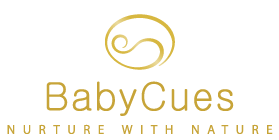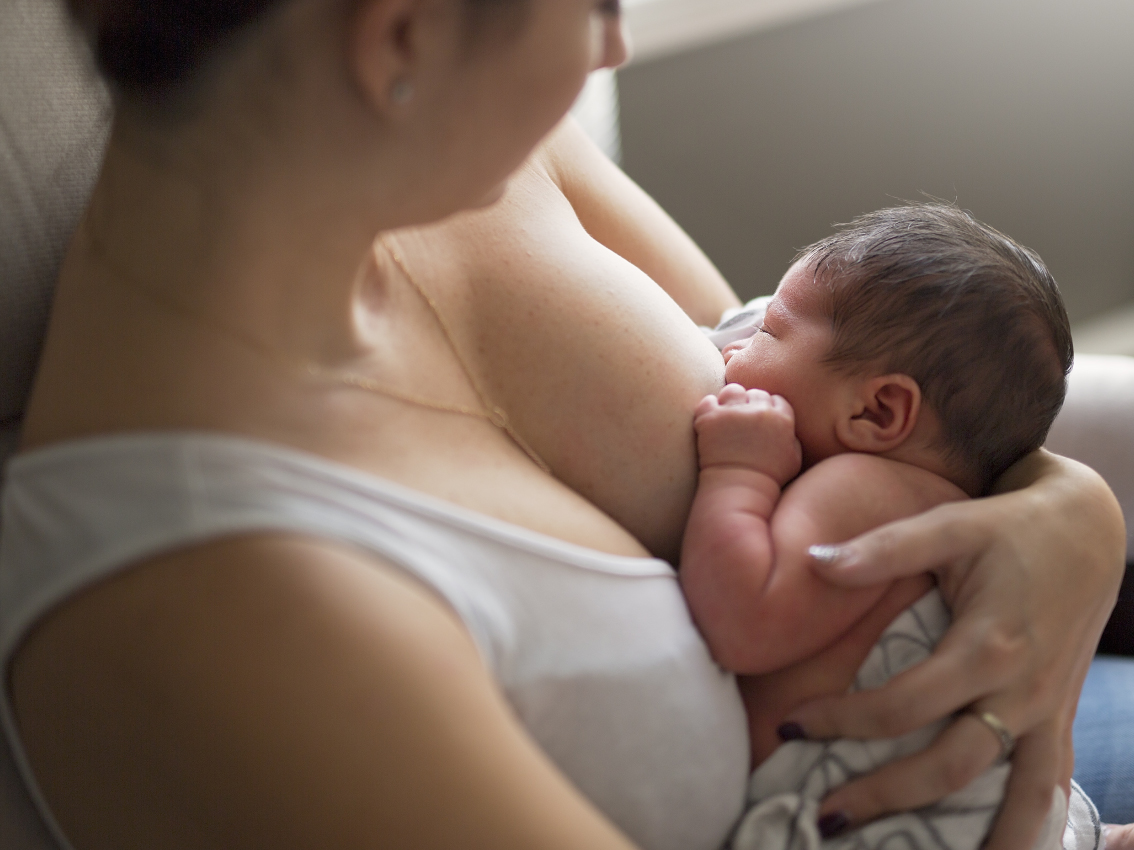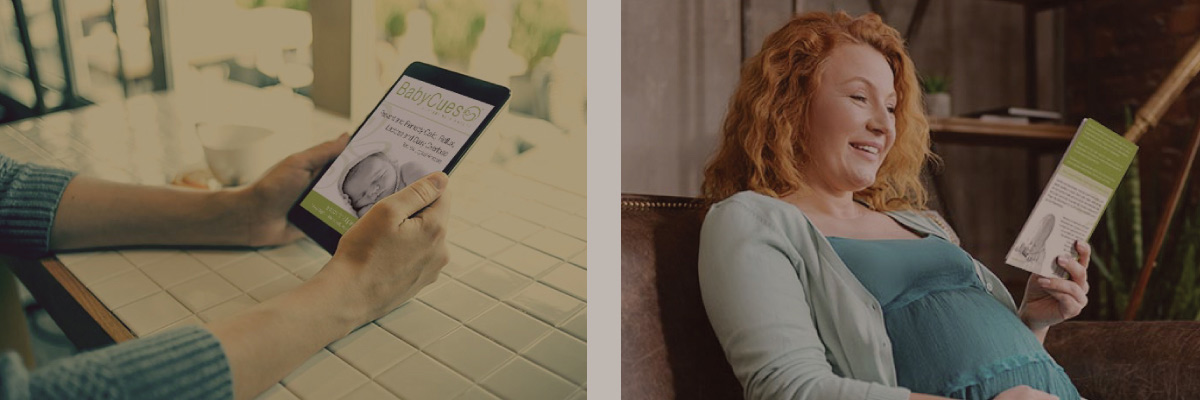Why it's okay to use a pacifier
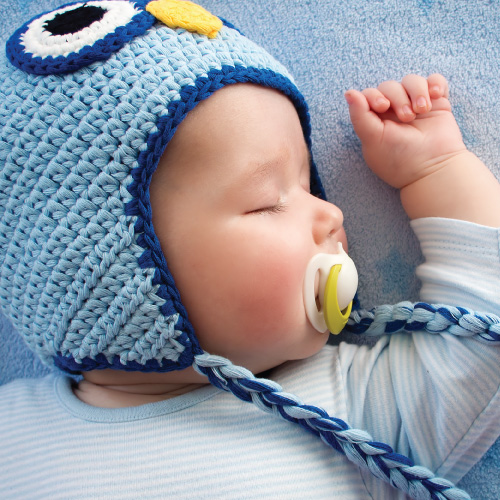
I was brought up in a world where pacifiers – dummies – were thought of as disgusting, dirty things. I can hear my well-meaning Mum’s voice saying that as I write this. For a while I didn’t question this, especially as it was backed up in my breastfeeding training and from the professionals that I learnt from in my early career. In fact one could say that I had a rather strong opinion on how awful dummies were, and felt that they just shouldn’t be used. That was until I worked for a family in the United Kingdom, many moons ago now, that wanted to use pacifiers. It was then that I began to fully realise the calm that this tool could create, and the advantageous mental health it had for all, inclusive of the baby. This of course led me to studying the biological advantages and disadvantages while trialing them first hand with the newborns I cared for as I moved from one household to the next. Over the years what I came to learn, turned my disgust into disbelief that parents are not actually widely being taught how to use pacifiers as a soothing tool that both aids digestion and enhances brain development. Using one now makes logical sense to me, as I hope it does for you after reading this blog.
Pacifiers from a biological point of view
Sucking
Along with a foetus expanding and contracting their diaphragm at three months of gestation thus preparing for the first intake of breath, they will also be forming a thumb on the paddle-like hands. The lip becomes more defined and sensitive, all in preparation for one of the most exquisite early tools of life — sucking.
At birth, rooting to suck is inherent and the reasons for sucking for at least the first six months of life, a baby looks to suck for three reasons:
- hunger
- comfort
- it helps them to obtain salivary enzymes
Most of us know about the hunger aspect of looking to suck so in this article I’m going to focus on the comfort and salivary enzymes concept.
Sucking for comfort
Sucking is your baby's innate way to relax in a moment of stress. This relaxation throughout the body then aids digestive function. When a baby is relaxed, their Parasympathetic Nervous System is ‘turned on’ so to speak. This is otherwise known as the ‘rest and digest’ way of being. When we ask the questions, “why is a pacifier beneficial?” This is one of the most important reasons.
When a baby sucks away from food, the parasympathic nervous system:
- increases blood flow
- produces saliva secretion that is necessary to break down milk appropriately
- aids hormone release
- slows the heart rate to conserve energy, aiding weight gain
- aids absorption of nutrients
- assists peristalsis, the wave-like motion that moves food along the digestive tract
Alternatively, when a baby is stressed, perhaps crying inconsolably, the sympathetic nervous system is ‘turned on.’ This system slows down, or can completely inhibit digestive function. The total opposite thing you want to happen for your baby because a lot of the time, the actual cause of the stress and crying is related to wind and waste moving through the digestive tract and this needs to happen in order for the baby to feel better and potentially become calm. Hence providing a pacifier at these times keeps the digestive system ‘turned on.’ Aiding the movement they are crying about to happen, whether as a burp, intestinal movement or bowel motion.
Sucking for brain development
When a pacifier is used as a tool to sooth, to calm, it effects the levels of cortisol being released in the brain. Cortisol is our stress hormone, which regulates the immune system and our metabolism, while also helping the baby respond to a threat - at which point it reduces other bodily functions like digestion. So quite simply, by using a baby’s innate skill of sucking, which literally must feel like a piece of home away from home, we enhance brain development. Philip Fisher, Ph,D, a member of the Centre for Developing Minds for Harvard University, spoke about this at the Brainwave Trust Conference that I recently attended in Wellington. One of the things he said is that “Excessive stress disrupts the architecture of the developing brain.” One of the articles that the centre has published on this states that ‘effective interventions will reduce potential damage to a young child’s developing brain architecture and thereby promote greater resilience.’ In my mind, the natural mechanism of calm that sucking creates via a pacifier, or your little finger turned upside down, is one of these interventions.
Sucking for salivary enzymes
While it is fair to say that we will probably never know if babies intuitively know to suck for their natural quota of salivary enzymes, we do know that it is one of the first digestive instruments for all human beings.
Saliva holds a multitude of necessary digestive enzymes that aid the digestion of milk in the stomach. Composed of ninety-eight per cent water, with the other two per cent being made up of electrolytes, mucus, antibacterial compounds and various enzymes, one might say that saliva is a newborns natural digestive medicine. They certainly play a significant role in reducing Digestive Overload, another integral reason why I teach parents the best ways to provide this physiological necessity for their baby — from birth.
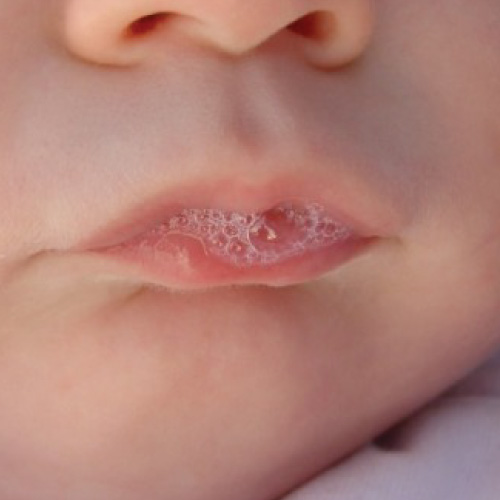
One of the lingual enzymes that are secreted is lipase. Lipase plays a significant role in digesting fat for newborns. As a newborn develops, the lipase enzyme will be excreted from the pancreas — as it is for adults — but initially this enzyme is physiologically produced in very minimal levels by the pancreas. This is the way we are all born — it is not a lack. This enzyme can also be found in breast milk but sometimes the amount of lipase gained through breast feeding is compromised through unbalanced feeding practices. It is also reported that the lipase in breast milk does not activate until it mixes with stomach juices whereas lingual lipase begins the digestive process in the mouth, assisting also in the stomach.
On the other hand, the amylase enzyme takes care of carbohydrate by breaking it down into simpler sugars for easier digestion in the small intestine. It is present in amniotic fluid, breast milk, saliva, and later on in life is also produced in significant amounts by the pancreas.
The lysozyme enzyme is one of the immune system's defences against bacteria and has anti-inflammatory properties. It can be found in the saliva of newborns and in breast milk.
It’s important to recognise too, when talking about these enzymes obtained through saliva and breast milk, that this is a harmonious relationship. Both are required for optimum digestive function. Therefore, for those of you that use formula, it becomes even more important to use a pacifier to help your baby glean adequate levels of salivary enzymes.
So to summarise why it is biologically important for our newborns to suck away from food I’d like to say this. Newborns want to suck and begin to root whenever they feel discomfort, or know they are about to. This includes movements in the digestive tract that bring them pain, whether by wind or waste. Instinctively they know sucking relaxes them, and biologically we know that always providing sucking with food potentially overloads their system. So, by offering a baby their innate gift of sucking away from food, just as they did in the womb, we prevent overload and help them relax. This decreases the stress hormone cortisol and diminishes tension in their body, thus allowing the necessary movement in their digestive tract or stomach to happen in a more relaxed manner.
What age is it okay to use a pacifier?
This is a common question that I get from families and my answer is based squarely on biology and of course individual choice. Biologically the pancreas only starts to secret more of the enzymes that are present in saliva at around six months. Therefore, one could say that biologically, the pacifier becomes less required at six months.
Why a baby might not take a pacifier?
This is another common question and there only seem to be a few reasons why a baby won’t take a pacifier:
- it is the wrong shape for their mouth so they don’t feel it and don’t clamp down to suck
- it isn’t being stimulated correctly into the mouth
- it is being offered at a time when baby is also exhibiting one of the Six-Wind-Cues – chewing and poking out the tongue.
To learn how to find the right shaped pacifier for your baby, inclusive of measuring your babies palate and suck mechanism, please read my 'What is a good pacifier for my baby' blog. You can learn more about the Six-Wind-Cues by clicking on the picture to the right. For now though I’m going to focus on how to stimulate the pacifier correctly into your baby’s mouth.
Stimulating a pacifier correctly
Nipple confusion is often spouted as one of the reasons to not use a pacifier. However, in my whole career I don’t believe I have ever seen a baby get ‘confused’ about how to use the nipple just because they are using a pacifier. Whether it’s because I use the steps below to stimulate I don’t know, but I do believe stimulating the pacifier in the exactly same way one would latch baby onto the breast, and ideally the bottle, is a great way to foster the natural mechanism latching reflex. So to do that…
- With the teat end of the pacifier, rub downward, over your baby’s top and bottom lip to trigger the reflex that will have them opening their mouth
- Once this happens, insert the pacifier on an angle into the mouth so the teat touches the hard roof palate and the outside rim of the pacifier touches the bottom lip. By doing this, you stimulate all the same reflexes for clamping down that latching on the breast does, and the bottle if you are doing that correctly.
- Then once baby clamps down and begins to suck you can either tap the outside of the pacifier to prompt further sucking, or slightly pull the pacifier outward, thus stimulating a stronger suck while keeping your baby focused on sucking and distracting them away from the discomfort they may be feeling in their digestive tract.
